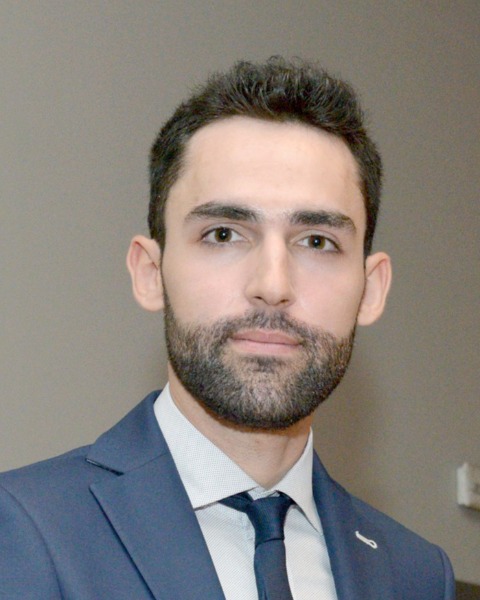Radiographic and Clinical Outcomes After Middle Meningeal Artery Embolization for Subdural Hematoma: An Institutional Experience
Friday, April 21, 2023


Georgios S. Sioutas, MD (he/him/his)
Postdoc Research Fellow
Department of Neurosurgery, Hospital of the University of Pennsylvania, Penn Medicine, Philadelphia, Pennsylvania, USA
Philadelphia, PA, US
ePoster Presenter(s)
Introduction: Treating non-acute subdural hematoma (NASDH) patients is challenging due to the high recurrence rates and comorbidities of mostly elderly patients. Middle meningeal artery (MMA) embolization has emerged as an alternative to surgery. We aimed to describe our single center’s experience of 55 MMA embolizations with Onyx for NASDH.
Methods: We performed a retrospective analysis of patients undergoing MMA embolization for NASDH from March 2019 to December 2021. MMA embolization was performed with Onyx (ethylene vinyl alcohol copolymer). We assessed clinical and radiographical outcomes.
Results: We included 44 patients (55 MMA embolizations), with a median follow-up of 63.5 days. Twenty-four subdural hematomas (SDHs) underwent upfront embolization, 17 adjunctive, and 14 for recurrence after prior surgical evacuation, with no significant differences in hematoma and mRS reduction between them. Two patients died during hospitalization and two during follow-up, from causes unrelated to the procedure. Mean SDH thickness significantly decreased by 48.3% ± 38.1% on last follow-up. The decrease in hematom thickness did not correlate with the amount of Onyx injected. Six (13.6%) patients required surgical rescue after embolization, while 4 (9.1%) underwent repeat SDH evacuation at readmission. There were no procedure-related complications. The mean modified Rankin Scale (mRS) on admission was 2.8 ± 1.5, which decreased significantly to 1 [1, 4] at the last follow-up (P=0.0331).
Conclusion : MMA embolization for NASDH seems safe and effective, and might become a minimally-invasive alternative to surgery. Given our encouraging results, large-scale clinical randomized trials are warranted.
Methods: We performed a retrospective analysis of patients undergoing MMA embolization for NASDH from March 2019 to December 2021. MMA embolization was performed with Onyx (ethylene vinyl alcohol copolymer). We assessed clinical and radiographical outcomes.
Results: We included 44 patients (55 MMA embolizations), with a median follow-up of 63.5 days. Twenty-four subdural hematomas (SDHs) underwent upfront embolization, 17 adjunctive, and 14 for recurrence after prior surgical evacuation, with no significant differences in hematoma and mRS reduction between them. Two patients died during hospitalization and two during follow-up, from causes unrelated to the procedure. Mean SDH thickness significantly decreased by 48.3% ± 38.1% on last follow-up. The decrease in hematom thickness did not correlate with the amount of Onyx injected. Six (13.6%) patients required surgical rescue after embolization, while 4 (9.1%) underwent repeat SDH evacuation at readmission. There were no procedure-related complications. The mean modified Rankin Scale (mRS) on admission was 2.8 ± 1.5, which decreased significantly to 1 [1, 4] at the last follow-up (P=0.0331).
Conclusion : MMA embolization for NASDH seems safe and effective, and might become a minimally-invasive alternative to surgery. Given our encouraging results, large-scale clinical randomized trials are warranted.
